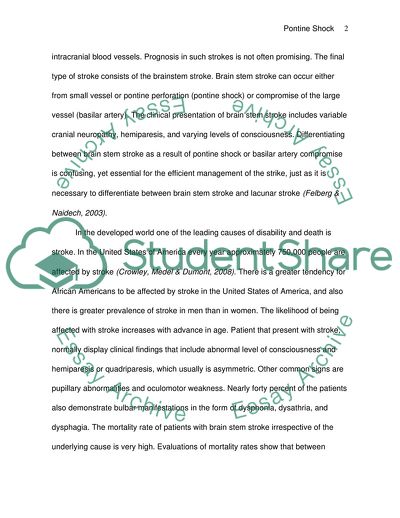Cite this document
(Pontine Shock and Possible Side Effects Case Study, n.d.)
Pontine Shock and Possible Side Effects Case Study. Retrieved from https://studentshare.org/health-sciences-medicine/1715613-pontine-stroke-and-possible-side-effects
Pontine Shock and Possible Side Effects Case Study. Retrieved from https://studentshare.org/health-sciences-medicine/1715613-pontine-stroke-and-possible-side-effects
(Pontine Shock and Possible Side Effects Case Study)
Pontine Shock and Possible Side Effects Case Study. https://studentshare.org/health-sciences-medicine/1715613-pontine-stroke-and-possible-side-effects.
Pontine Shock and Possible Side Effects Case Study. https://studentshare.org/health-sciences-medicine/1715613-pontine-stroke-and-possible-side-effects.
“Pontine Shock and Possible Side Effects Case Study”. https://studentshare.org/health-sciences-medicine/1715613-pontine-stroke-and-possible-side-effects.


